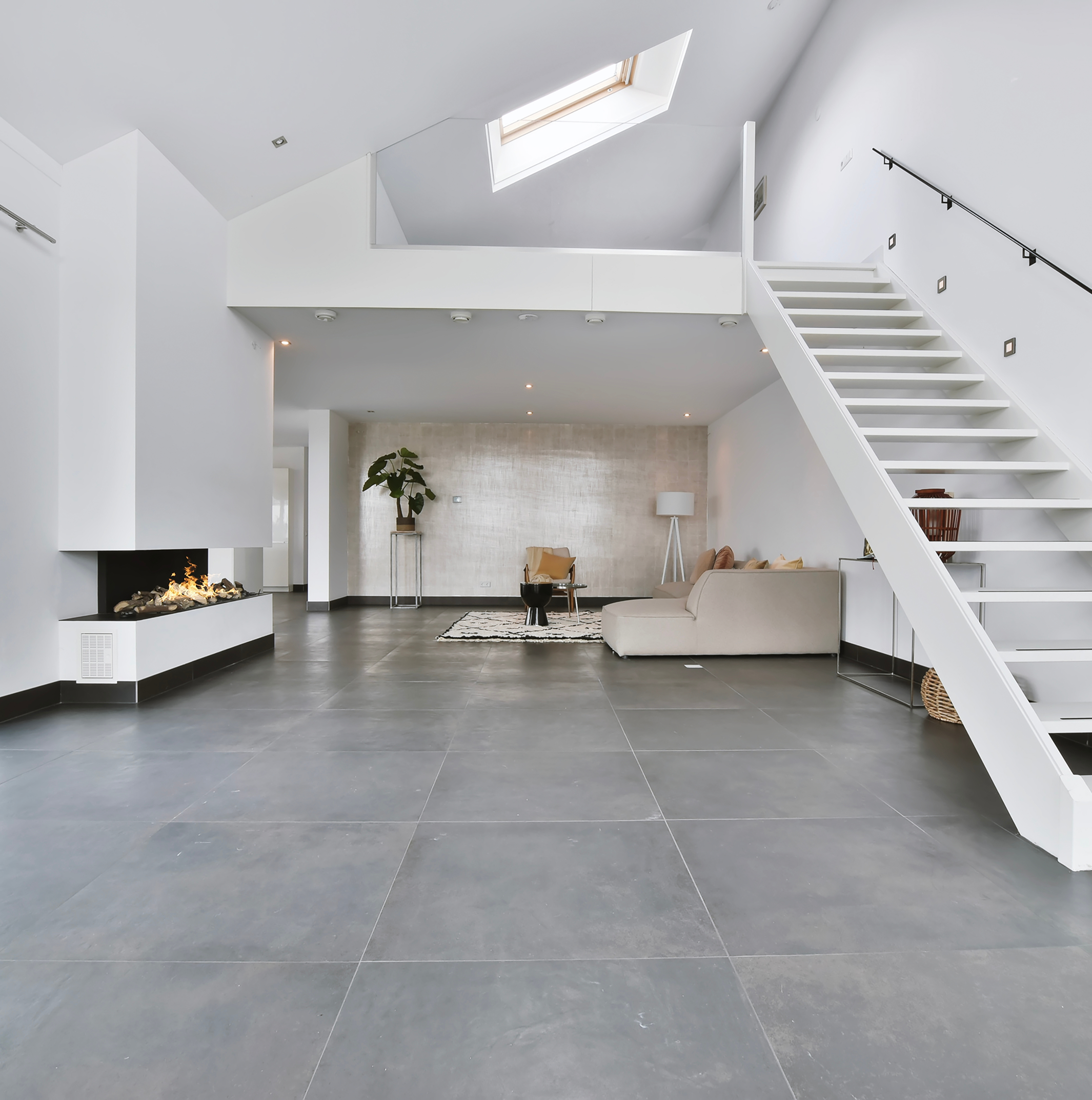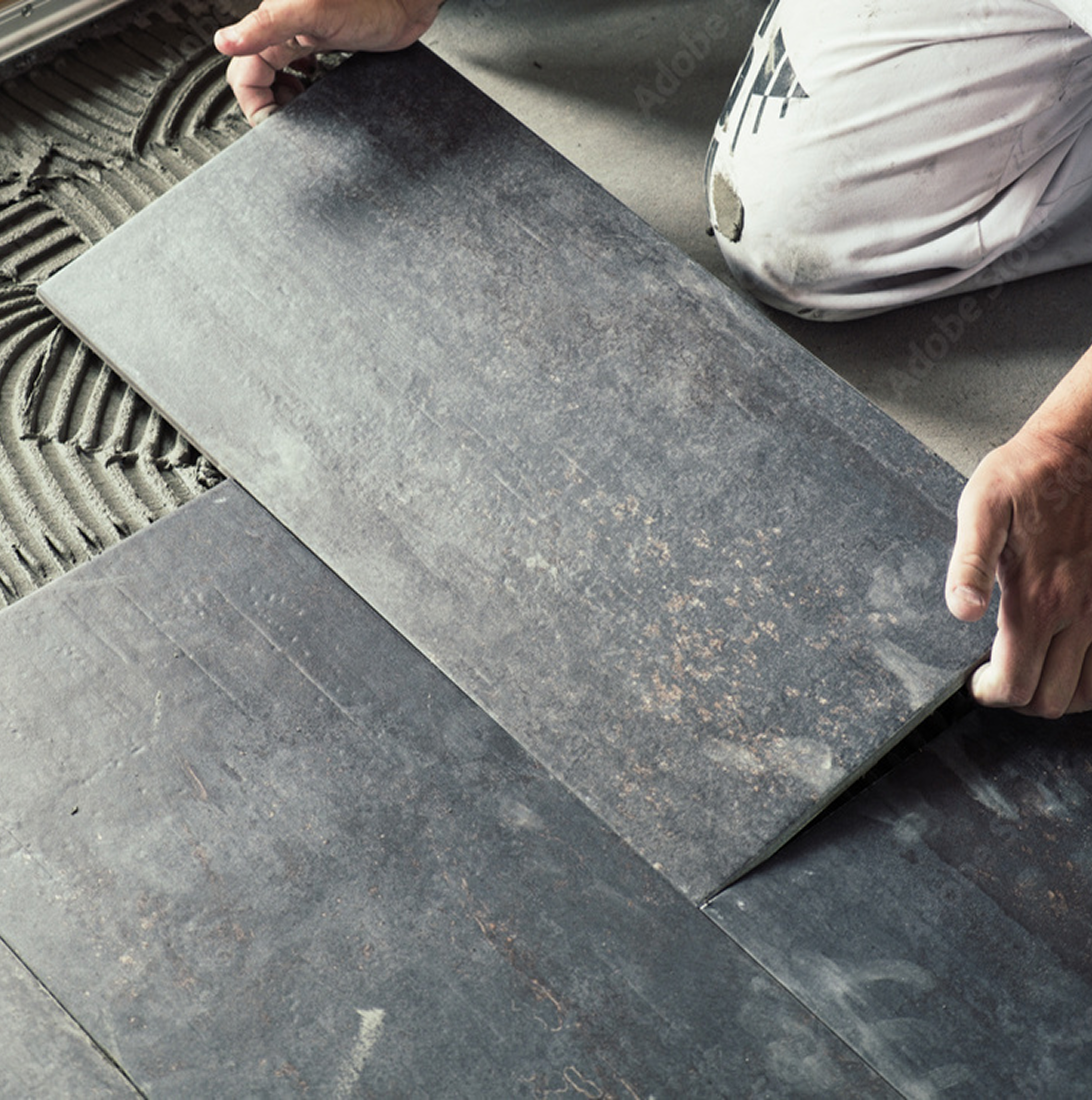Concrete slab shifts compromise tile surfaces
Installing tile directly onto a concrete slab can lead to reflective cracking when the slab naturally expands, contracts, or develops hairline fractures. As these cracks migrate upward, they cause visible splits in the tile and grout lines, diminishing the floor’s appearance and performance. Moisture can infiltrate through these tiny openings, potentially fostering mold or weakening the subfloor. Traditional thin sheet membranes often cover only apparent cracks and may not fully protect against future slab movement. Liquid coatings, on the other hand, require meticulous application and curing time, adding complexity and potential for uneven coverage.
Concrete slab shifts compromise tile surfaces
Installing tile directly onto a concrete slab can lead to reflective cracking when the slab naturally expands, contracts, or develops hairline fractures. As these cracks migrate upward, they cause visible splits in the tile and grout lines, diminishing the floor’s appearance and performance. Moisture can infiltrate through these tiny openings, potentially fostering mold or weakening the subfloor. Traditional thin sheet membranes often cover only apparent cracks and may not fully protect against future slab movement. Liquid coatings, on the other hand, require meticulous application and curing time, adding complexity and potential for uneven coverage.
.jpeg)
.jpeg)

.jpeg)
.jpeg)

Comprehensive crack isolation for long-lasting tile installations
Concrete slab shifts compromise tile surfaces
Installing tile directly onto a concrete slab can lead to reflective cracking when the slab naturally expands, contracts, or develops hairline fractures. As these cracks migrate upward, they cause visible splits in the tile and grout lines, diminishing the floor’s appearance and performance. Moisture can infiltrate through these tiny openings, potentially fostering mold or weakening the subfloor. Traditional thin sheet membranes often cover only apparent cracks and may not fully protect against future slab movement. Liquid coatings, on the other hand, require meticulous application and curing time, adding complexity and potential for uneven coverage.

Without a robust crack isolation strategy, homeowners and contractors risk paying for repeated repairs. Cracked tile not only looks unsightly but can become a safety hazard if the edges chip or loosen. Each fix involves removing old tile, re-leveling the surface, and installing new materials – costs that quickly add up, especially in commercial spaces where downtime affects business operations.
A stable underlayment preserves tile beauty and longevity

When the entire slab is safeguarded by a reliable barrier, tiles maintain their pristine surface for much longer. This steady foundation helps prevent hairline fissures from turning into noticeable cracks, reducing the need for ongoing maintenance. A comprehensive underlayment also supports consistent bonding between the tile and the subfloor, ensuring uniform performance across the entire room.
By managing movement across the whole slab, building owners can trust that temperature fluctuations, minor settling, or small earthquakes will not devastate their flooring. For commercial or high-traffic areas, this stability is even more important: a well-preserved tile floor creates a professional look and spares managers the cost and inconvenience of interim fixes.
Concrete slab shifts compromise tile surfaces
Installing tile directly onto a concrete slab can lead to reflective cracking when the slab naturally expands, contracts, or develops hairline fractures. As these cracks migrate upward, they cause visible splits in the tile and grout lines, diminishing the floor’s appearance and performance. Moisture can infiltrate through these tiny openings, potentially fostering mold or weakening the subfloor. Traditional thin sheet membranes often cover only apparent cracks and may not fully protect against future slab movement. Liquid coatings, on the other hand, require meticulous application and curing time, adding complexity and potential for uneven coverage.
A stable underlayment preserves tile beauty and longevity
When the entire slab is safeguarded by a reliable barrier, tiles maintain their pristine surface for much longer. This steady foundation helps prevent hairline fissures from turning into noticeable cracks, reducing the need for ongoing maintenance. A comprehensive underlayment also supports consistent bonding between the tile and the subfloor, ensuring uniform performance across the entire room.
By managing movement across the whole slab, building owners can trust that temperature fluctuations, minor settling, or small earthquakes will not devastate their flooring. For commercial or high-traffic areas, this stability is even more important: a well-preserved tile floor creates a professional look and spares managers the cost and inconvenience of interim fixes.

.jpeg)
.jpeg)

.jpeg)
.jpeg)
.jpeg)
.jpeg)
.jpeg)

How DUON Gatormat provides full-slab protection
DUON Gatormat functions as a sheet membrane that is easier to install than most liquid applications while covering the slab completely, not just the visible cracks. This approach lets tiles float independently over any substrate shifts, so changes beneath the surface do not translate into damage above. Tested by the Tile Council of North America, DUON Gatormat demonstrates reliable crack isolation, making it suitable for ceramic, porcelain, and stone tiles.
Because it is quick to install, DUON Gatormat streamlines workflows on busy job sites. Contractors can roll out the membrane, cut it to fit corners and edges, and bond it directly to the slab. Once positioned, it offers immediate crack protection, letting the tiling process continue without extended waiting times for drying or curing. The result is a stable, uniform surface that helps tile installations stand the test of time.




Key benefits
Total crack isolation
Covers the entire slab, preventing reflective cracking
Easy installation
Sheet membrane rolls out quickly, cutting down on labor
Reliable performance
Backed by Tile Council of North America testing
Multi-tile compatibility
Works with ceramic, porcelain, and stone
Mold-resistant surface
Reduces the chance of hidden moisture infiltration
Cost-effective coverage
More affordable than repeated tile repairs and replacements
.png)


